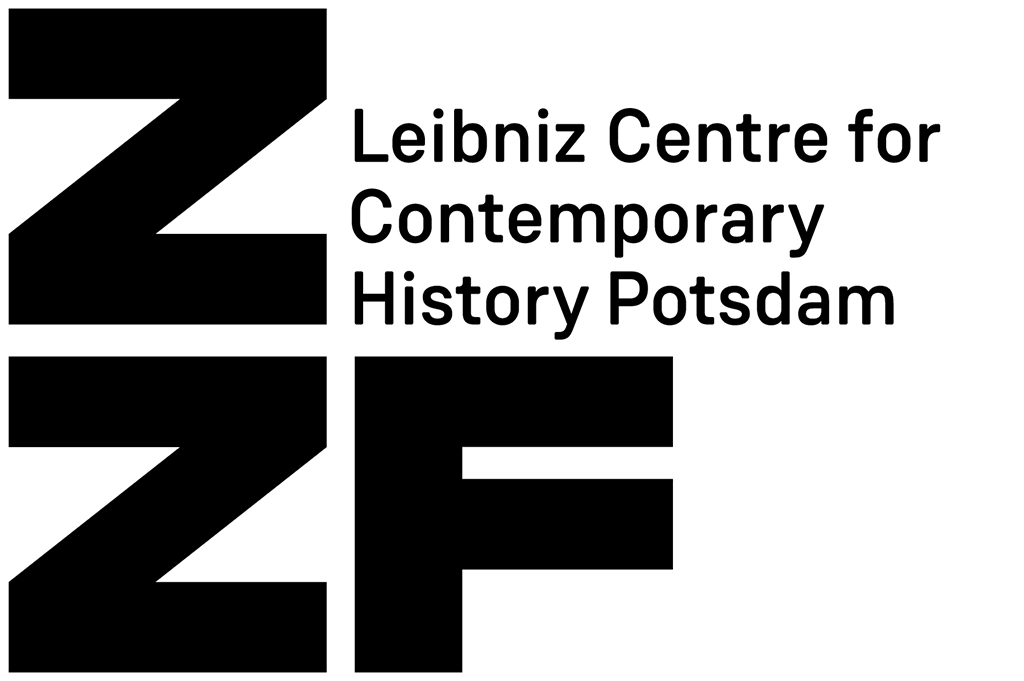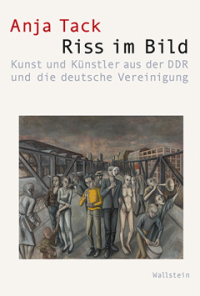After the political upheavals in the GDR in 1989, a fervid debate was started about the value and future of East German art. Could these works be considered as art or should they be analysed as historical objects? How should East German art be evaluated on a scientific and professional level? The thesis follows conflict lines in this discussion, enquires into the motives of the debate’s participants and historicises this so-called iconoclastic controversy (Bilderstreit) as part of German reunification. This debate about art can be decoded as a discourse about general social questions. It therefore serves to mirror conflicts in the process of German reunification and helps to illuminate this part of German contemporary history.
Even today, nearly 30 years after unification, this debate is still ongoing in Germany. A comparison with Poland will cast light on the persistence of this debate about East German art. How did the People’s Republic of Poland handle art that was produced during communism? Can a change in value be observed? Did similar fervid debates about the communist legacy take place? Is the quarrel therefore a general phenomenon of cultural transformation in formerly communist societies? Or is Germany a special case?
The project is part of the cooperative research project "Bildatlas: Kunst in der DDR"


